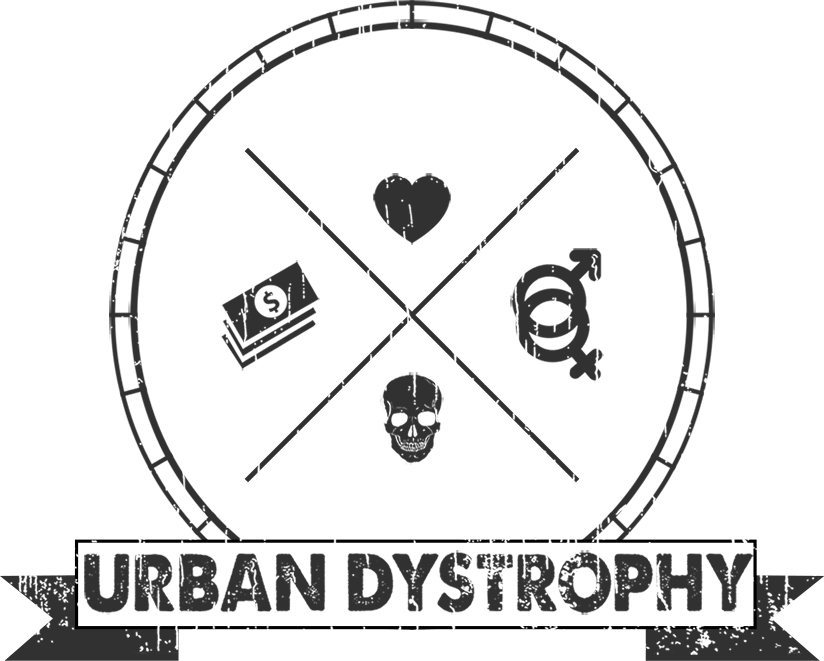 56yr Old Crossfit Masters Competitor Ken Greaves
56yr Old Crossfit Masters Competitor Ken Greaves
I was scouring the web for inspirational articles covering training regimens for masters athletes – and let me tell you – there aren’t many.
Instead, what I came across this absurd piece written by two 20-year-olds who went on to win a contest for their advice to older men and women.
Here’s a teaser on the topic of cardio: The American College of Sports Medicine recommends working at a level that is “hard enough to raise your heart rate and break a sweat,” but still allows one “to carry on a conversation.” This ensures that the body is being stimulated but not so intensely that there is a risk of overexertion.
Comment: If I can carry on a conversation while doing cardio, I’m not training. [Note to you 20-year-olds on your Iphones while walking on treadmills].
http://www.bodybuilding.com/fun/best_over_60_workout.htm
Myth #1:
“Because hypertrophy and maximal force production are not likely to be goals for the 60 and up crowd, free weights and muscle specialization will not be necessary.”
Really? Says who?
As a 60-year-old power-lifter and cross-fit enthusiast, I train primarily with free weights because they allow my entire body to participate in the stabilization process. I also focus on certain muscle groups that help protect my body when lifting heavy.
No wonder I don’t have back problems. People who tend to sit on machines all day do. So yes, hypertrophy is a big deal as is maximal force production.
Myth #2:
“While teens may be able to handle three days of lifting per week with seven days of cardio, this is not realistic for older adults.”
I train with weights 3 days a week and incorporate 5 days of cross-fit style cardio. I take the weekends off because i have a life outside the gym. And by the way, most teens can’t keep up with my workouts.
Myth #3
“Intensity, too is different [for older athletes], as more tender joints and less conditioned lungs and other muscles are potential issues for older adults to consider.”
While joint pain is always making itself known in one area or another, it’s been doing the same thing since college. So I just work around it until it heals.
Myth #4
“While free weights are often favored by serious gym-goers and exercise enthusiasts, machines are preferable for older adults.”
I don’t know anyone my age at my gym who doesn’t use free weights.
Myth #5
“Machine movements do not rely on stabilizing muscles as much, which is important as older adults may be somewhat deconditioned and will not have sufficiently developed muscles for complex free weight exercises.”
It is true that some adults are deconditioned, but for those of us who train regularly, this is simply not applicable.
Myth #6
“At the age of 60, the body is mostly incapable of building large quantities of new muscle.”
This has to be the most ridiculous comment I have ever read.
Myth #7
“The main goal of working out should be to build some strength and reduce the risk for disease (primarily heart disease). Therefore, a workout should simply be to get the blood flowing and to build some strength without causing any serious injury in the process.”
If my trainer ever said this to me, I’d fire him.
Myth #8
“Supplementing protein shakes is unnecessary and pointless. At this age, the body can’t digest and absorb protein easily, which will result in excess bodily waste and weight gain from supplementation.”
I don’t know whether to laugh or cry for this little idiot.
SUMMARY
20-year-olds haven’t a clue about fitness routines for adult athletes, nor do they have any knowledge of our psychological predispositions.
In my gym, I routinely challenge college kids to jump in with me for sets, but so many have suffered injuries that they rarely show up anymore.
🙂
So, what REALLY are the best workouts for baby Boomers?
ANSWER: It’s a rhetorical question.
